Woods Bagot’s new building in Hong Kong uses ice cubes as inspiration for a landmark tower, writes Yelena Smetannikov.
March 28th, 2011
Woods Bagot devotes 2% of its annual revenue to global research. It was originally Woods Bagot principal Stephen Jones’ research paper, ‘Treasure Towers’, that caught the developer’s attention, and was the catalyst for Cubus, a new building in Hong Kong.
Jones wanted a memorable experience for visitors to the building.
Ice cubes were researched for their light-emitting and transparent qualities. These were transformed into simple geometries such as triangular shapes, using materials such as fritted glass.
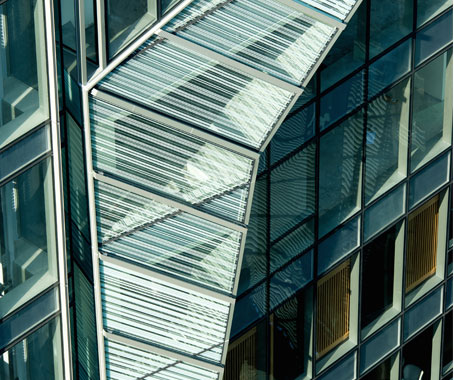
“We looked for a visual concept that synthesised the entertainment and social aspects around a visual theme that would generate a strong form for the building, “ said Jones.
The pattern appears on the exterior in the form of lighting, as well as in the entry on a feature wall.
Like most urban plots in Hong Kong, the site was small, so Cubus had to be “inserted” into the urban fabric. It was elongated towards its primary street elevation to make the most of light and views, attracting attention through oblique views to retail areas close by.
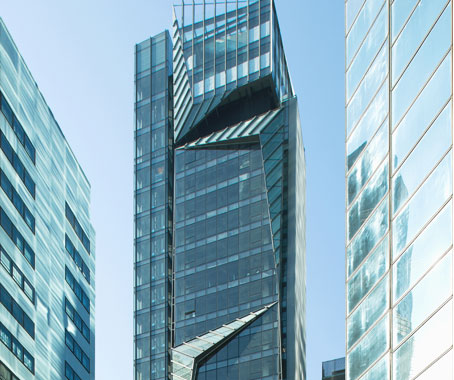
Open decks at various levels of the building allow people to experience vistas of the city at different heights, also giving a unique outlook onto neighbouring towers.
The end result is a compact building that has turned its site constraints into opportunities.
“It celebrates the density, compression of activity and excitement that comes from living in a dense urban city,” said Jones.
Woods Bagot
woodsbagot.com.au
INDESIGN is on instagram
Follow @indesignlive
A searchable and comprehensive guide for specifying leading products and their suppliers
Keep up to date with the latest and greatest from our industry BFF's!

A longstanding partnership turns a historic city into a hub for emerging talent

It’s widely accepted that nature – the original, most accomplished design blueprint – cannot be improved upon. But the exclusive Crypton Leather range proves that it can undoubtedly be enhanced, augmented and extended, signalling a new era of limitless organic materiality.

How can design empower the individual in a workplace transforming from a place to an activity? Here, Design Director Joel Sampson reveals how prioritising human needs – including agency, privacy, pause and connection – and leveraging responsive spatial solutions like the Herman Miller Bay Work Pod is key to crafting engaging and radically inclusive hybrid environments.

With classic design elements coupled with ethically sourced Teak, TanGuor by Didier is an invocation to bask in the delights of the outdoors.
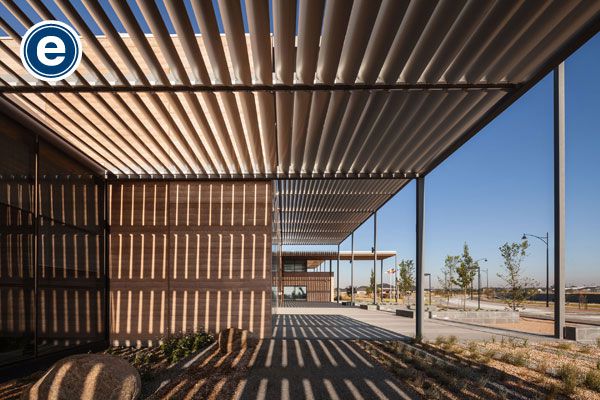
The Hume Global Learning Centre challenges any preconceived notions you might have had about the architectural typography a library can take; which is why it was awarded the International Global Library of the Year 2014. We grab our book bags and take a look around.
The internet never sleeps! Here's the stuff you might have missed
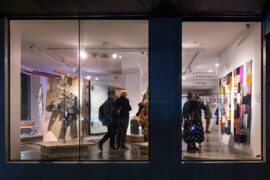
The Australian Design Centre (ADC) is facing a crisis as core funding cuts leave NSW without a government-funded organisation dedicated to craft and design practice.
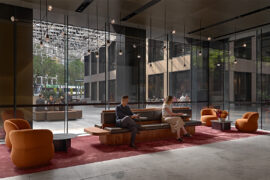
Grimshaw has completed a revitalisation of Collins Place, adding new layers to an already historically and architecturally rich site in Melbourne’s CBD.